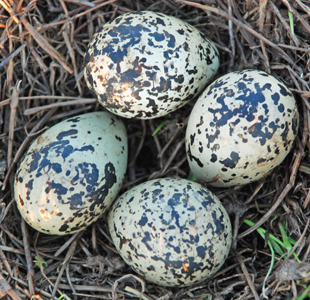Here are some images from a session I had with the Kingfishers last week.
I was a bit reluctant to go as the wind was blowing a gale, but the time and tides were in my favour so I threw the gear in the car and drove down to the estuary for a session with the kingfishers. I set up the hide (which was flapping violently in the wind) thinking to myself what a waste of time this would be as the kingfishers were probably smarter than me and would be tucked away comfortably out of the elements. Within about 30 minutes of waiting the first kingfisher turned up and landed on the perch in front of me, I don't know how it hung on to the perch with the wind blowing so strongly, although it seemed to be able to hang on and even devour a small mud crab. The winds died down after a while, and I ended up having a great session watching these estuary Kings feed as the sun went down. The photo series on the right shows the kingfisher smashing the legs off the mud crab and devouring it in the windy conditions (notice the rock star hairstyle due to the winds)
The New Zealand sub-species, vagans are said to be a sub-species of Sacred Kingfisher (Halcyon sancta) which are found in Australia and New Guinea. The New Zealand kingfisher is distinguished from the Australian sub-species by its larger size and broader bill and generally by the distinctiveness of its green and blue colours.




















